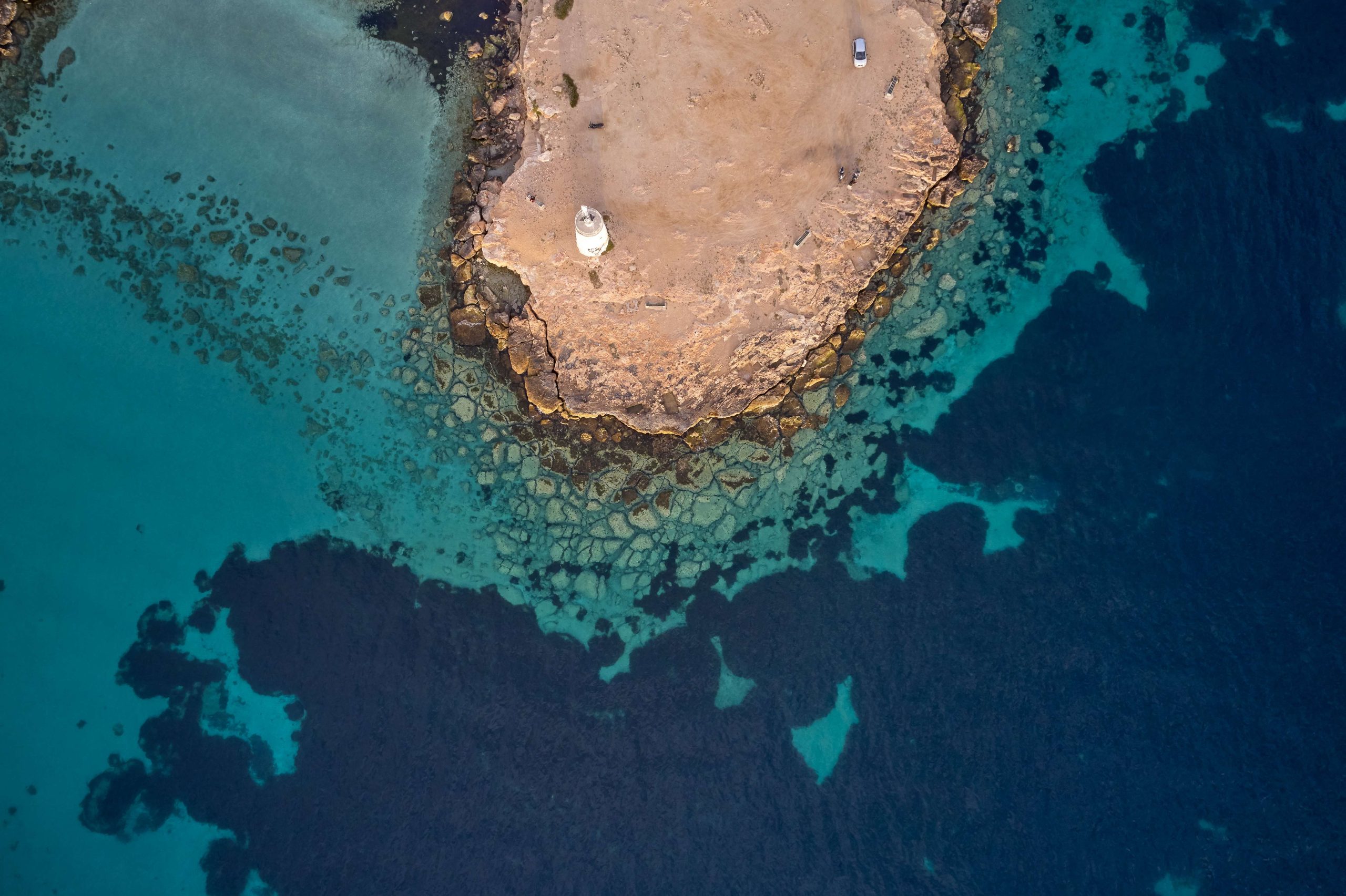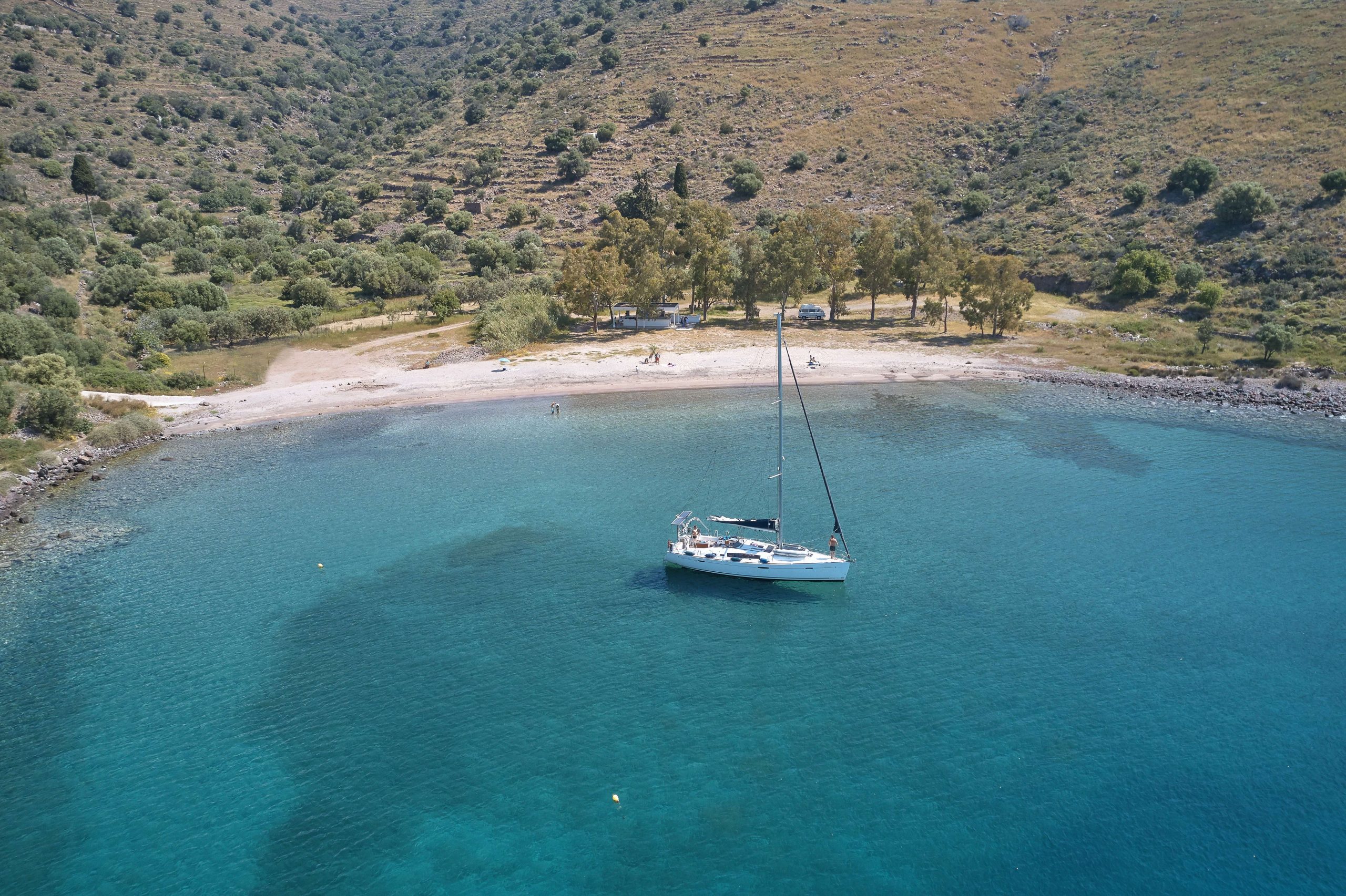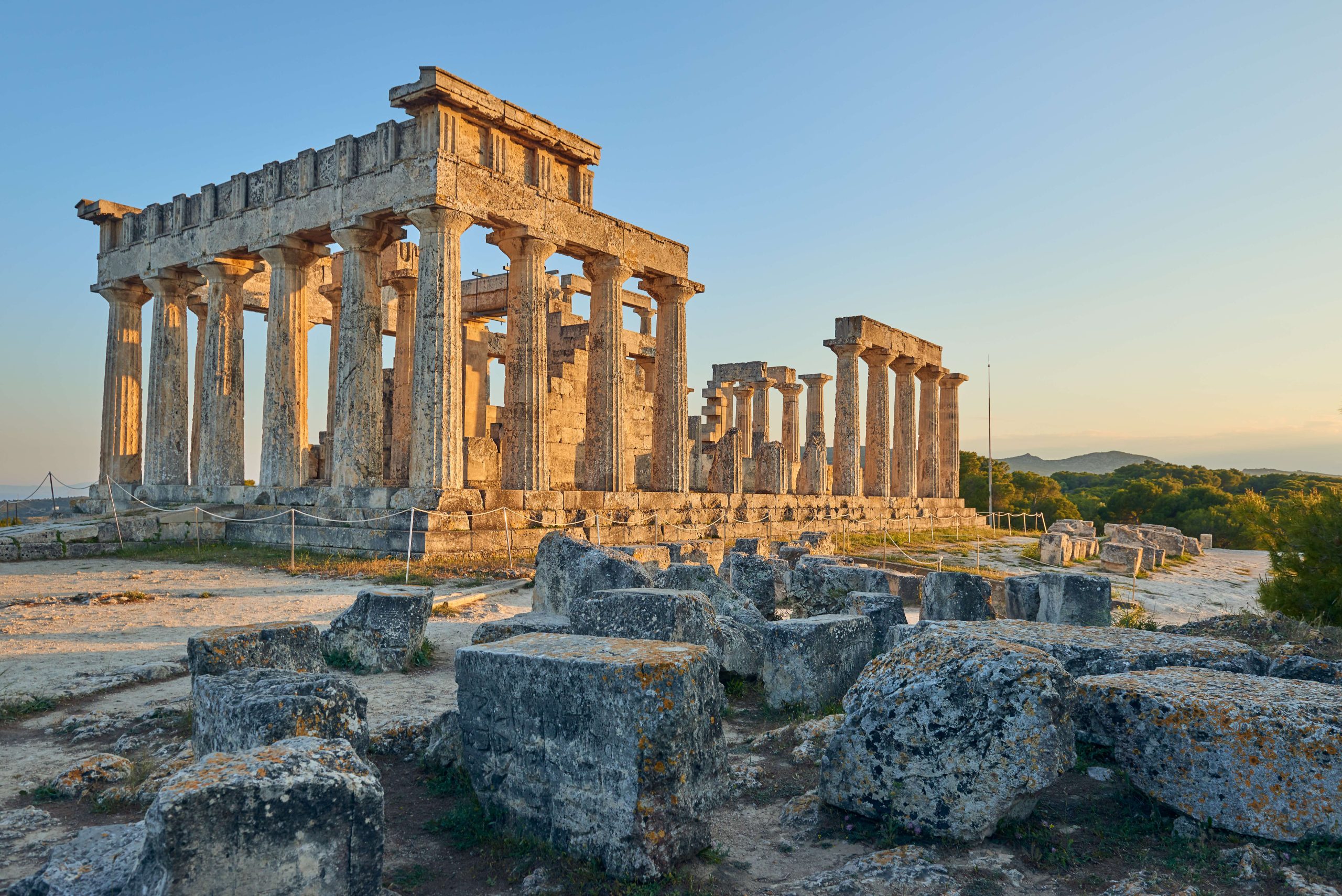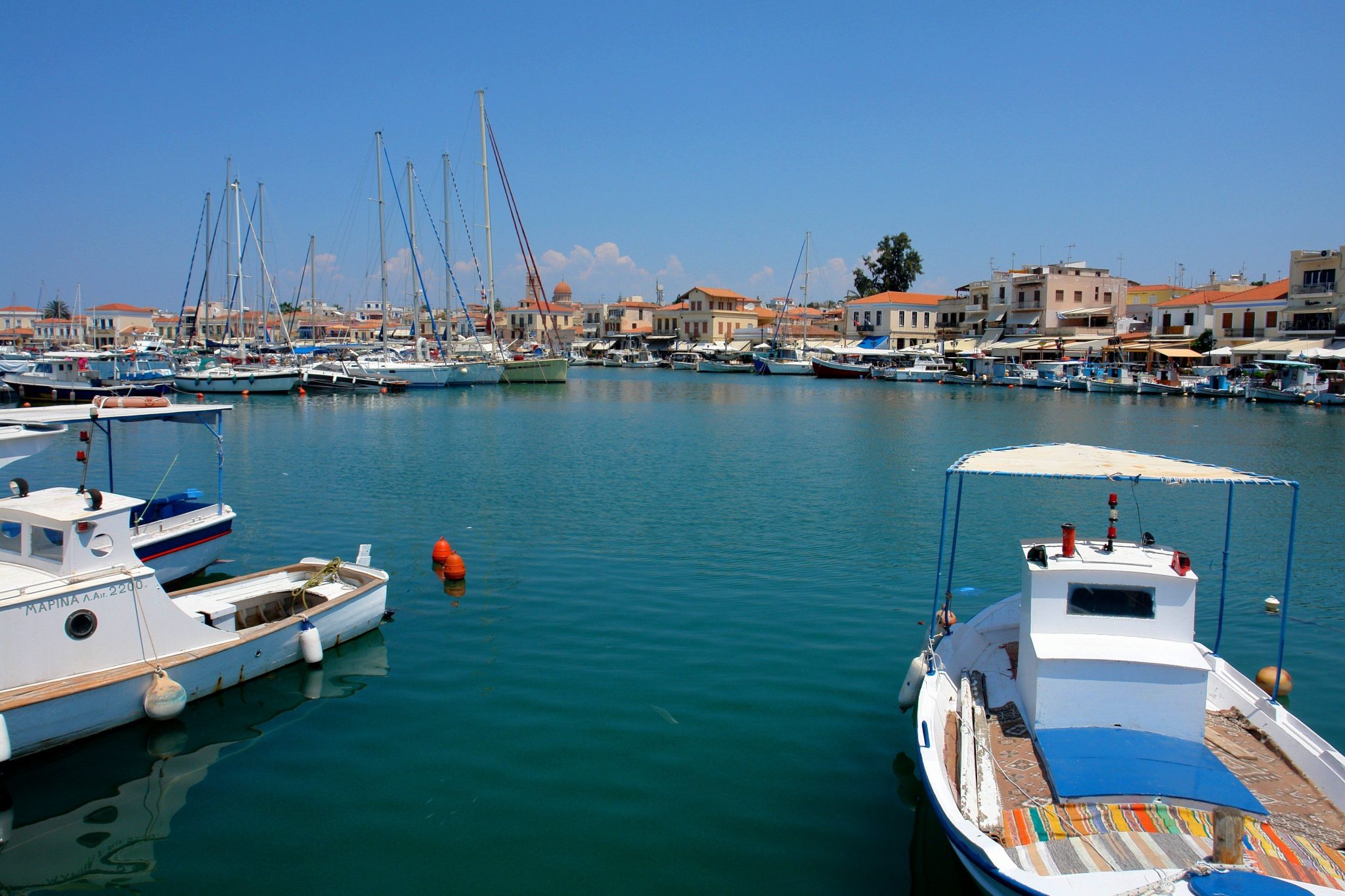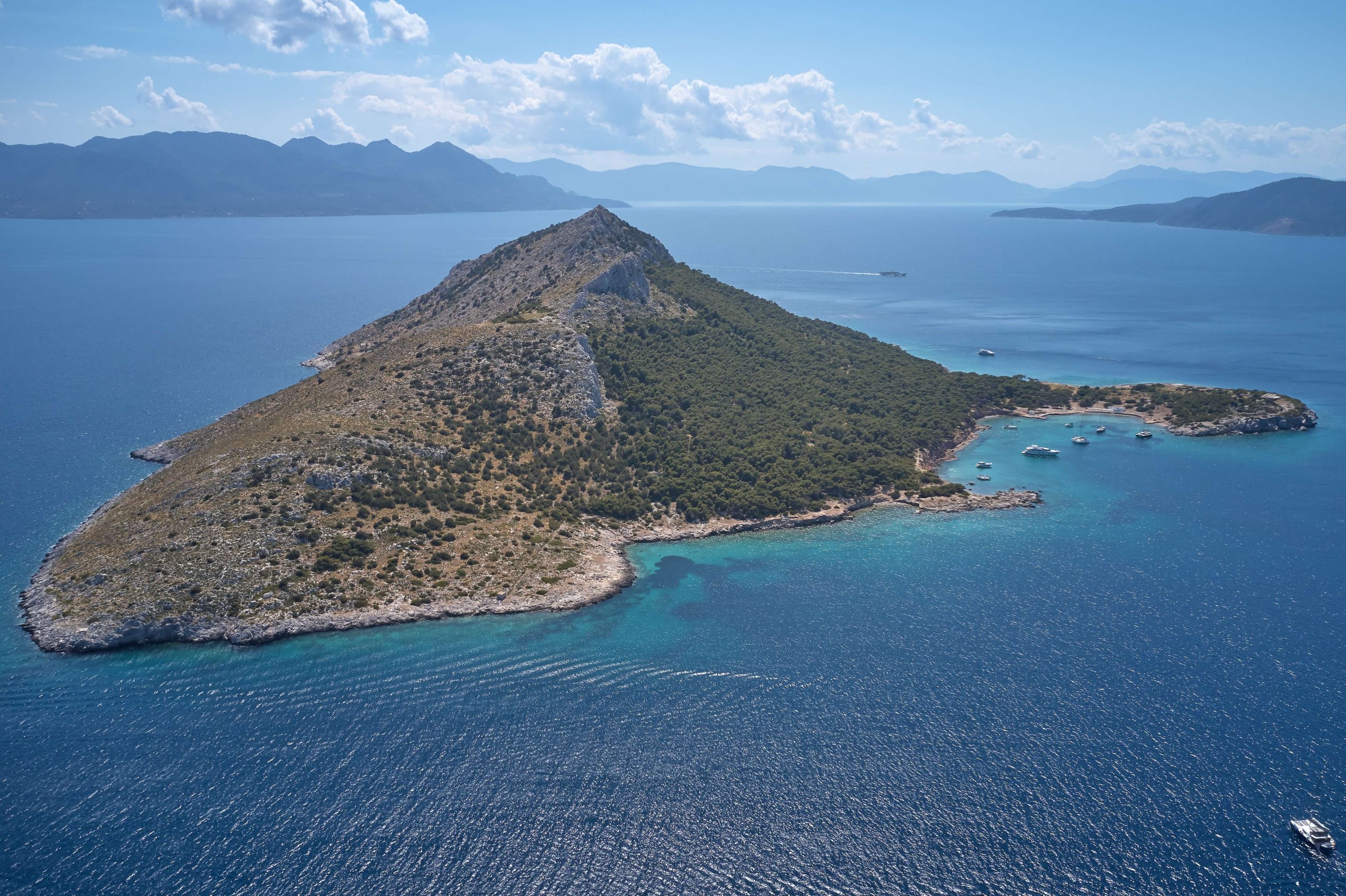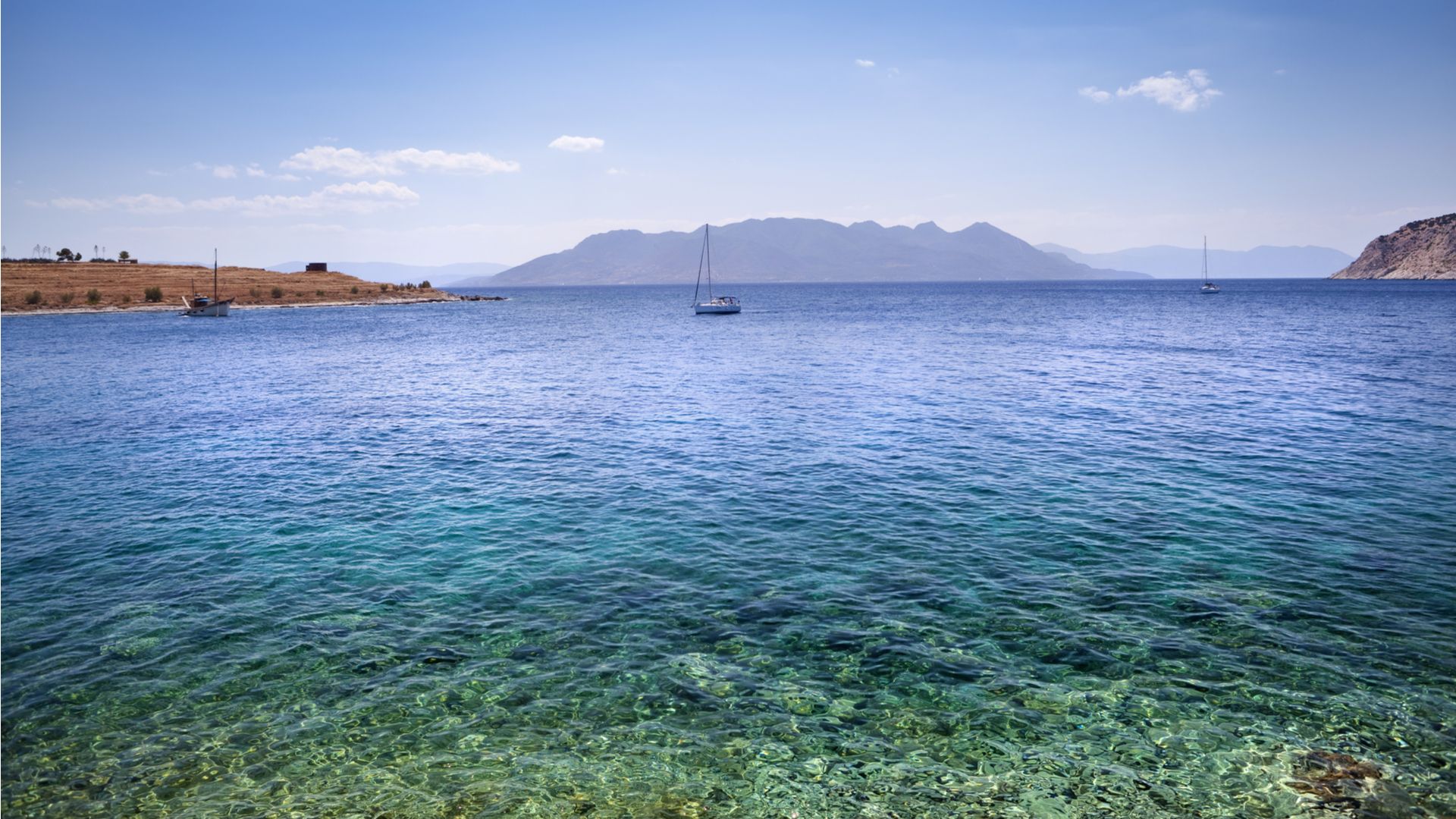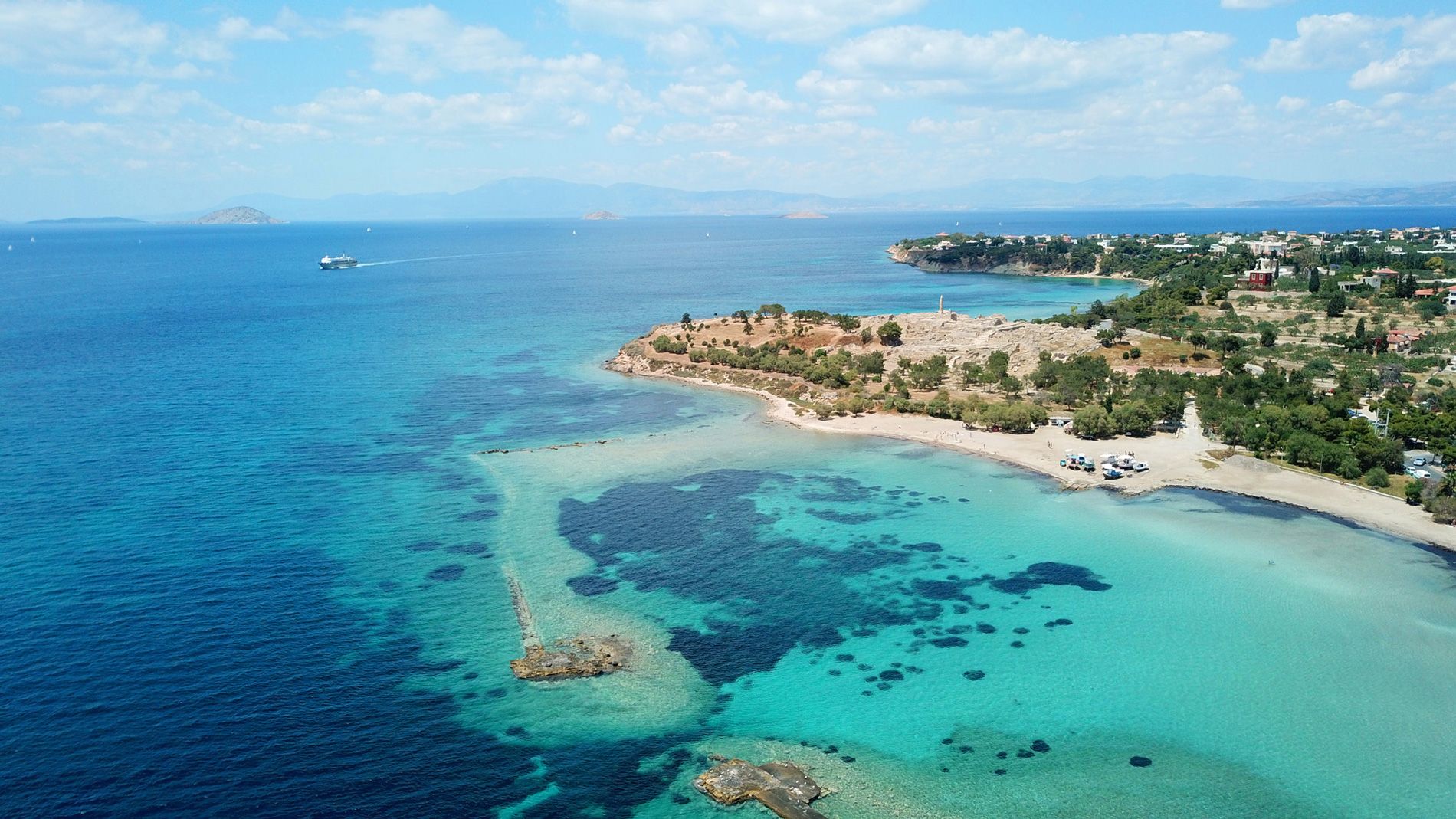Aegina
Useful
Information
Leof. Dimokratias 31, Aegina 180 10, Greece
Informations
Address:
Leof. Dimokratias 31, Aegina 180 10, Greece
Website:
https://www.aegina.gr/web/
Aegina
Aegina is an island in the center of the Saronic Gulf, surrounded by Agistri, Methana, Troizina, Poros and the coast of mainland Attica. With a total area of 82.63 square kilometers, it is the second largest island of Argosaronic. The length of its coastline is 57 km. Its north-eastern end is 10.5 nautical miles from the mouth of the port of Piraeus, the north-western end is 12 nautical miles from Trachili of Epidaurus and its southern end is 9 nautical miles from the northern entrance of Poros.
Its terrain is mainly volcanic, with the northern areas consisting of sedimentary rocks and the southern areas of igneous rocks. It consists of low hills and some plains. The highest mountain of the island is Mount Oros with a height of 532 meters, while it has no rivers and generally no running water. The fauna of the island consists of turtledoves, hares, wild rabbits and foxes, while the flora consists of wild olives, kermes oaks, and brushwood. The climate is Mediterranean and dry with limited rainfall.
It is an island with a long history, dating back to the prehistoric period, with findings from the Proto-Hellenic era (2,500 BC) in the Kolona area, with participation in the Persian wars and a strong naval presence until 150 AD, when it seems to be declining. A new period of prosperity followed from the 9th century AD, which was maintained with fluctuations and disasters until the liberation from the Turkish yoke. Aegina played an important role from the first years of liberation, being the seat of the first government of the newly formed Greek state (1828). During this period, Governor Ioannis Kapodistrias built impressive neoclassical buildings for his headquarters, which are well worth a visit during one’s stay on the island. Aegina is an important attraction for Greek and foreign visitors due to its short distance from the port of Piraeus. According to myth, the island took its name from a nymph, daughter of the river god Asopus, with whom Zeus fell in love and took her to the island! Aegina and Zeus gave birth to Aiakos, the first king of Aegina.
It is a picturesque island, with crystal clear waters, including the beaches of Agia Marina, Kolona, Marathona, Sparpas and Klima, famous monasteries, the most famous of which are the Monastery of Saint Nektarios, the patron saint of the island and the Monastery of Panagia Chrysoleontissa (Virgin Mary of the Golden Lioness), important archaeological sites, such as Paliachora, the Byzantine capital of Aegina which is also known as “Island Mystras”, or Kolona, museums and exhibition halls such as the Historical-Folklore Museum of Aegina, the Museum of Christos Kapralos, a charming capital and beautiful villages. It is famous for its pistachios (pistachios have been cultivated in Aegina since 1860, and the local variety is considered one of the best in the world), ceramics and lace.
The town of Aegina, the island’s capital, stands out for its well-preserved buildings. Important examples are the Tower of Markellos and the Eynard School. The white church of Saint Nicolas in the harbor and the brightly painted neoclassical buildings of the coastal boulevard are the first things you can see when you get off the boat. The neoclassical buildings that dominate the port took their current form in the middle of the 19th century, when the island’s sponge industry developed. It was then that the houses were painted and had balconies with furousia and impressively designed balustrades. The main shopping street is the one in Aphaia, which is parallel to the coastal street.
Although the island is small, it has numerous attractions and natural beauties. During their stay, visitors will have the opportunity to explore ancient monuments and old monasteries such as the temple of Aphaia Athena, the most important monument of the island. It is located near Agia Marina and is a Doric Temple dating from 500 BC. The Temple was founded there and formed an equilateral triangle with the Parthenon in Athens and the Temple of Poseidon in Sounio, the so-called “Sacred Triangle” of antiquity. The most impressive part of the church is its magnificent sculptured pediments, a large part of which are exhibited in the Munich Sculpture Gallery. Findings from excavations are also exhibited in the Archaeological Museum of Kolona. Aegina has thermal springs in its northern part, known for their healing qualities. The most important are in the Kakoperatos area and contain hydrogen sulfide. Excavated remains have shown that they were in use in ancient and medieval times. There are also other thermal springs in Souvala beach, known as “Therma”.


